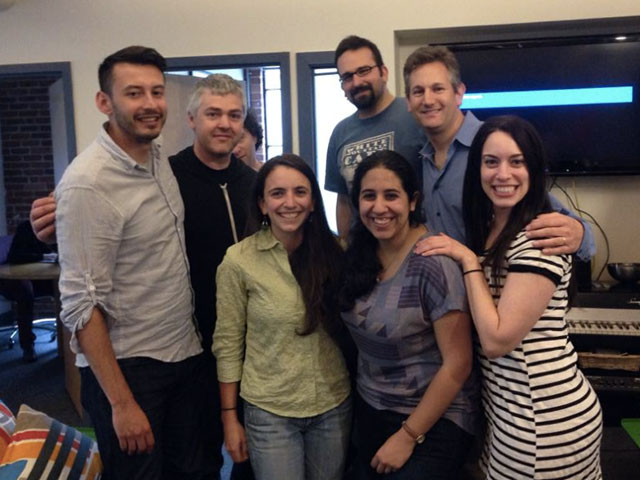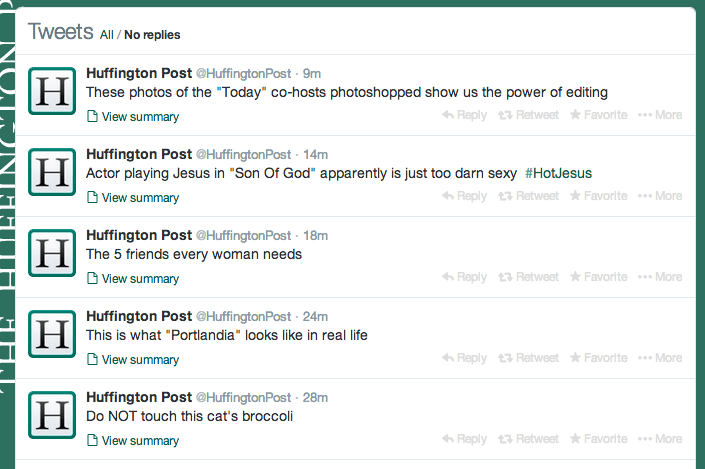Two Days with The Echo Nest
Last week I had the extreme pleasure of heading over to The Echo Nest for a couple of days to help out with a tiny project. It was one of the most rewarding experiences of my professional life. I feel like I have a new crush.
I learned about The Echo Nest through their developer API in 2012, almost two years ago to date. I thought it was one of the most awesome things I had ever worked with:
Echo Nest really took me by surprise. As a service, they gather a lot of interesting data on all music objects - tracks, albums, artists. I was astounded at the quality of data available for each track, and I was only scratching the surface of this rich and cavernous platform. Each song returned from Echo Nest had data on intrinsic musical properties like pitch, key, time signature, speechiness, danceability, a property called ‘hotttness’ and tempo which is ultimately what I used for this project. Where else do you find all that data about one song in one place? It’s like you think you know everything about your favorite song, but there are all these aspects that you can’t possibly know - how can you divine such deep analysis just by listening? This is definitely the coolest data I have ever come across in my entire life, and I’ve synthesized porphyrin.
I was overjoyed when the opportunity to work with them for a couple of days presented itself, because I’d been a fan for a very long time. I had a great time pairing with one of their engineers, and was very proud the work we did. I actually love pairing because working 1:1 means I’m not as afraid to ask questions or take risks, once I get comfortable.
The energy at The Echo Nest office was spirited and enthusiastic; less like an office and more like a hack day, which actually reminded me a lot of the atmosphere at Science Hack Day, where I left feeling similarly empowered. After the week wrapped up, while chatting with another engineer, the topic turned to music rediscovery and self-identity, something I am very obsessed with. Not only did we share the same ideas and values, but it turned out that we had both already built prototypes, and that there are others at The Echo Nest that would be interested in working on this as well. I left feeling super excited over what we’re going to build together.


